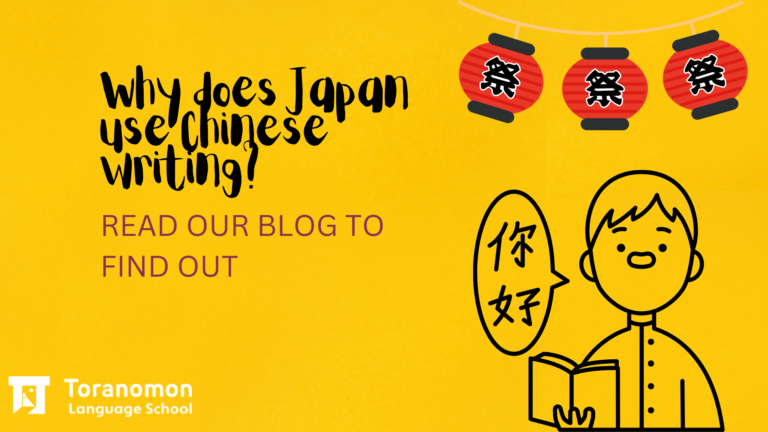The Japanese language is a fascinating subject of study for linguists and language enthusiasts alike. One of the unique features of the Japanese language is the use of Chinese characters, or kanji, as part of the writing system. This practice has been in place for centuries, but why do the Japanese use Chinese characters in their language? In this article, we will explore the history and reasons behind the use of Chinese characters in the Japanese language.
To understand why the Japanese language uses Chinese characters, we must first delve into the history of the Japanese writing system.
The origin of Japanese writing
The use of kanji in Japanese writing dates back to the 5th century, when Japan began importing Chinese culture and knowledge. At that time, Chinese characters were used to represent the Chinese language and culture, and they were quickly adopted by the Japanese as a means of communication and writing. Over time, the Japanese adapted the Chinese characters to suit their own language, and the kanji system as we know it today was born.
The earliest form of Japanese writing was known as “kanbun” and was based on classical Chinese, using Chinese characters with markings such as numbers to demonstrate word order and grammar in Japanese.
Eventually, around the year 650, the manyogana system was created to represent the sounds of the words rather than the meaning. Japanese people took the pronunciation they heard from the classical Chinese character and assigned a Japanese pronunciation. This is similar to the ABC in English, letters mean nothing on their own but are just how we pronounce a word. This was the beginning of what we know today as hiragana.
The benefits of using kanji
One of the benefits of using kanji in the Japanese language is the ability to express complex ideas and concepts with a single character. Kanji characters have a rich and nuanced history, and each character can represent multiple meanings and ideas depending on the context in which it is used. This allows Japanese writers to convey a great deal of information in a single character, which would be impossible with phonetic characters alone.
The negatives about adapting the Chinese kanji for Japan
However, the use of kanji in the Japanese language also presents some challenges. Kanji characters are notoriously difficult to learn and master, with thousands of characters to memorize and understand. Additionally, the Chinese language and culture from which kanji originated are vastly different from Japanese culture and language, leading to some confusion and misinterpretation of meaning.
Despite these challenges, the use of kanji in the Japanese language persists to this day. In fact, many Japanese consider kanji to be an essential part of their language and culture, and efforts to modernize the writing system by reducing the number of kanji characters have met with resistance.
The use of Chinese characters in the Japanese language is a result of centuries of cultural exchange and adaptation. Kanji will probably be more difficult for learners to grasp than katakana or hiragana, but Toranomon Language School offers a special kanji intensive class for those in need!

